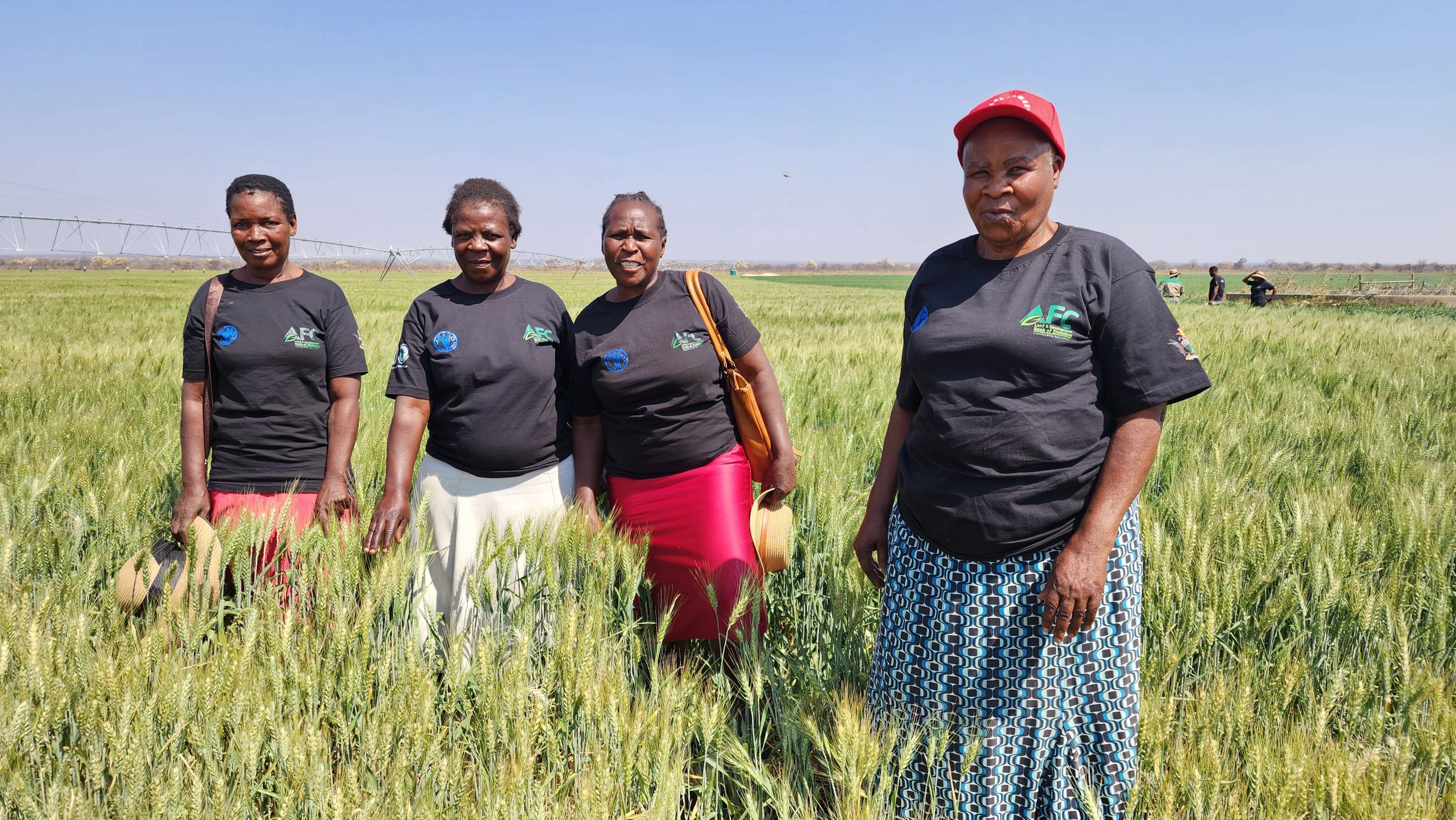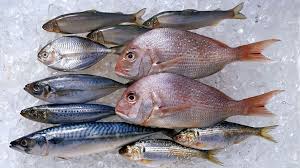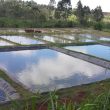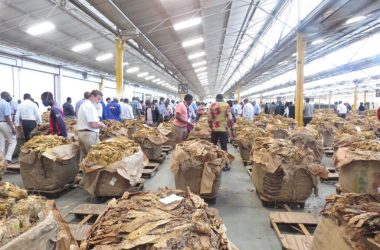
By Conrad Mwanawashe
Zimbabweans do not eat that much fish, consuming only around 2kg per capita compared to the SADC average of 6 kg despite the country having over 10,000 dams which can be utilised for fish production through both capture fisheries and aquaculture.
And this is of concern to government given that fish plays a very important role in addressing food and nutrition security as a source of cheap animal protein and the critical role fish farming plays in employment creation and empowerment of rural households particularly women and youths.
Besides employment creation, fish farming contributes towards ending hunger, achieving food security, improving nutrition, and ensuring healthy lives and well-being for the nation, thus striving to meet Sustainable Development Goal (SDG) goals numbers 2 and 3.
SDG 2 seeks to end hunger, achieve food security and improved nutrition and promote sustainable agriculture while SDG 3 seeks to ensure healthy lives and promote well-being for all at all ages.
“Government notes with concern the low levels of fish consumption in the country, due to low production and productivity within the sector. However, sustainable development of the aquaculture sub-sector is of paramount importance as the country’s major dams are recording decline in catches due to overexploitation and climate change induced challenges,” said Douglous KARORO, Deputy Minister of Lands, Agriculture, Fisheries, Water, & Rural Development at the Fish4ACP Validation Workshop on Farmed Tilapia Value Chain.
He said government attaches great importance to the development of the fisheries sector as the sector is unable to meet the country’s national fish demand owing to a number of factors, key amongst which is the fragmented approach in addressing these challenges.
“As a major step towards addressing this key challenge, government has created a stand-alone Department of Fisheries and Aquaculture, housed in the Ministry of Lands, Agriculture, Fisheries, Water, and Rural Development. The Department is mandated to spearhead fisheries and aquaculture production in the country, and tasked to coordinate amongst other issues the development of a dedicated, stand-alone fisheries and aquaculture policy framework aligned to international best practices,” added Karoro.
Zimbabwe has seen a fair amount of investment in fish farming especially through development partners and the private sector. These investments however, have achieved varying degrees of success and have not yet fully tapped into the country’s full fish and aquaculture production potential.
To help raise awareness on the role of small-scale fisheries and aquaculture, strengthen science-policy interaction, empower stakeholders to take action, and to build new and strengthen existing partnerships, the United Nations General Assembly declared 2022 the International Year of Artisanal Fisheries and Aquaculture (IYAFA 2022). The Food and Agriculture Organisation of the United Nations (FAO) is the lead agency for celebrating the year in collaboration with other relevant organizations and bodies of the UN system.
“IYAFA 2022 can also act as a springboard towards implementing the Code of Conduct for Responsible Fisheries and related documents, like the Voluntary Guidelines for Securing Sustainable Small-Scale Fisheries in the Context of Food Security and Poverty Eradication, and take concrete actions towards achieving the Sustainable Development Goals (SDGs) as we enter the last decade of action to achieve the 2030 Agenda. It also falls within the UN Decade of Family Farming, the two observances will reinforce one another in providing greater visibility to small-scale artisanal fishers, fish farmers and fish workers,” according to FAO Subregional Coordinator for Southern Africa Dr Patrice Talla.
FAO has targeted 30-40 percent growth of the global aquaculture by 2030 through the following priority areas of the blue transformation of aquaculture initiative:
- Governance, sector and policy reform
- Socio-economic benefits considerations
- Biosecurity and disease management
- Feed ingredient and feed technology innovations
- Genetic improvement, breeding and diversification
- Digital technologies and intelligent systems
- Environmental control and regulation
- Value chain efficiency
- And Climate change
But the issue of feed cost and supply is the elephant in the room. Feed accounts for 60-70 percent of the total cost of production. Any intervention in this area is expected to significantly improve the sector viability.
“I am glad that FAO took a head start in this area through the LFSP programme. The LFSP programme explored possible alternative and affordable protein sources for small livestock. The FISH4ACP will follow up on the findings of LFSP, build on that experience, and adapt some of the findings to the Tilapia value chain with a view of bringing down the cost of feed,” said Dr Talla.
“Zimbabwe has not yet faced significant fish disease challenges but we should draw lessons from the avian flu that threatened to wipe out the poultry industry in this country,” added Dr Talla.
FISH4ACP is a value chain approach, which takes account of the various nodes of processes leading to placing food on the table.
In 2021, FAO initiated A Sustainable Tilapia Value chain study which was conducted by Chinhoyi University of Technology. The findings of the study were presented at the FISH4ACP workshop.











